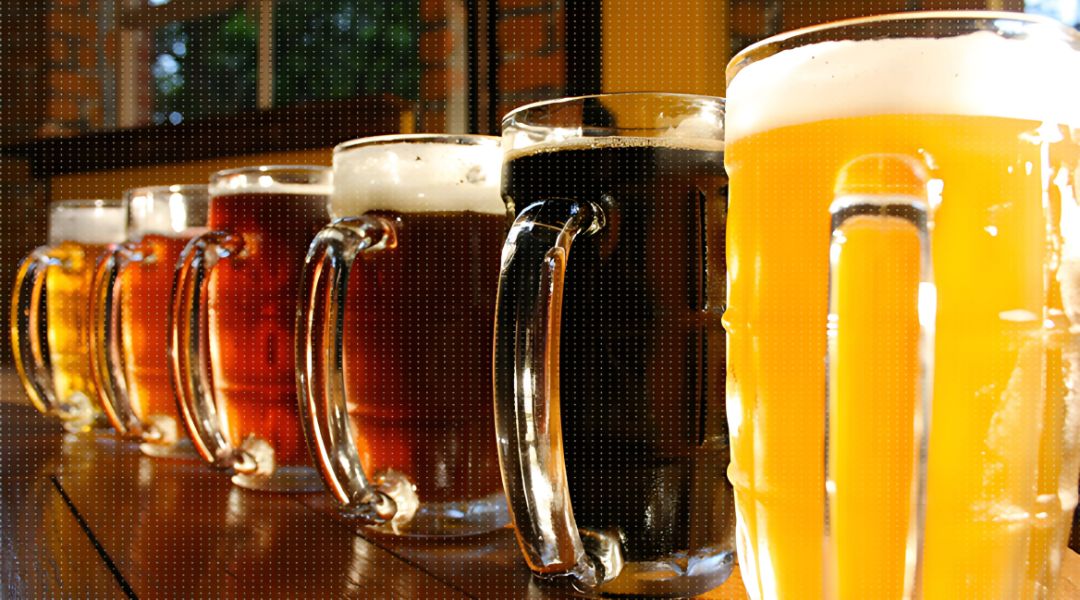
Imagine going to work without your early morning fix – your freshly brewed cup of coffee from your regular cafe – just the way they make it. What about an after work get together with colleagues at your favourite pub, blissfully guzzling down a carefully crafted pint of draught beer? We tend to take these things for granted. We don’t normally stop to think where these beverages come from or how they are made. The fact that large amounts of freshwater are needed to produce these beverages is only a technicality for us. However, the ever dwindling source of freshwater is a matter of utmost concern in the world today. The beverage industry has one of the highest water footprints in the world. It is time to explore newer options for water to produce beverages. Let us take a look at how AKVO’s water generators can make a difference in small breweries and cafes.
You might think that the choice of craft beer innocent, but to craft beer enthusiasts it embodies environmental values amongst other things. Since beer is essentially water, the water consumption in any brewery is quite high. It requires 22 litres of water for 2 litres of beer which is just for the immediate production, thus just a fraction of the water footprint of this industry. The World Wildlife Fund (WWF) and SABMiller calculated that the water footprint per litre of beer ranged from 45-155 litres (11-40 gallons per gallon of beer).
According to Prof. Tony Allen, in the food and beverage sector the water footprint for coffee is 140 litres, for a toast it is 80 litres, for eggs it is 120 litres, and for milk it is 200 litres. According to the Barista Guild of America, one cup of latte requires 200 litres of freshwater. From plantation to brewing, the coffee industry works on an extremely stringent water specification. Cafes investing in the water quality is thus ever increasing. An average café across the USA uses between 2000 – 3500 litres of water daily. Top this with the National Drinking Water Scheme launched recently in the UK, which requires every licensed premise in England and Wales to provide free potable water to customers by law, to curb the plastic pollution. At this rate it is not unlikely that the food and beverage industry would soon require its customers to pay for the water used in making that cup of coffee we buy on our way to work.
Scientists and environmentalists are working over time to solve this ever-increasing scarcity of water. True! However, without the active help of the human population across the globe, frighteningly enough their efforts are wasted. If we unitedly stand to consume water responsibly this global crisis might just be avoided. The presence of water in the earth’s immediate atmosphere is still close to unlimited. Using air-to-water technology AKVO’s unique Atmospheric Water Generators can help contribute vastly to this measure. These water generators and water purifiers are purely humidity and temperature dependent and are scalable for different industrial water requirements. AKVO’s AWGs are based on the fundamental process of evaporation and condensation to generate water from the atmosphere with as low as 30% humidity and use powerful organic filtration in the process which renders drinking water safe and pure as well as fulfils other industrial standard requirements for different sectors including pharmaceuticals, F&B, and even hydroponic farming
Sources:
https://psmag.com/environment/crafting-solutions-to-water-shortages-in-brewing
https://www.bbc.com/news/uk-39881236
https://www.thesun.co.uk/money/3867284/restaurants-dont-have-to-give-you-free-tap-water-unless-they-do-this-one-thing/
https://coffeelands.crs.org/2012/09/302-the-water-footprint-of-your-coffee/
http://www.baristaguildofamerica.net/water-usage-in-the-cafe-at-the-farm-and-in-the-future-episode-3-the-future/
https://www.entrepreneur.com/article/292121
